Since childhood, Katharina Halser has lived with Vascular Malformation – a complex condition that manifests itself in anomalies in veins, lymph vessels and arteries.
To deal with the condition, she must undergo the same medical procedure over and over again. “This repetition of treatment, and the continuity of doctors, has created a relationship between the hospital and myself. I’m able to relate the feeling of the needle in my hand from a very familiar process of experiences,” she says.
Halser has started to use photography to document the importance the procedure has in her wider life. “I use photography to focus on the air-conditioning vents while I lie on the operating table and hold my nerves, just before the anaesthesia kicks in,” she says.
Halser has just graduated from Middlesex University with a degree in photography. Her series won the Individual Student Photographer Award at Freerange, and she’s now developing a solo exhibition of the series to launch in London early next year. She talks exclusively to BJP.
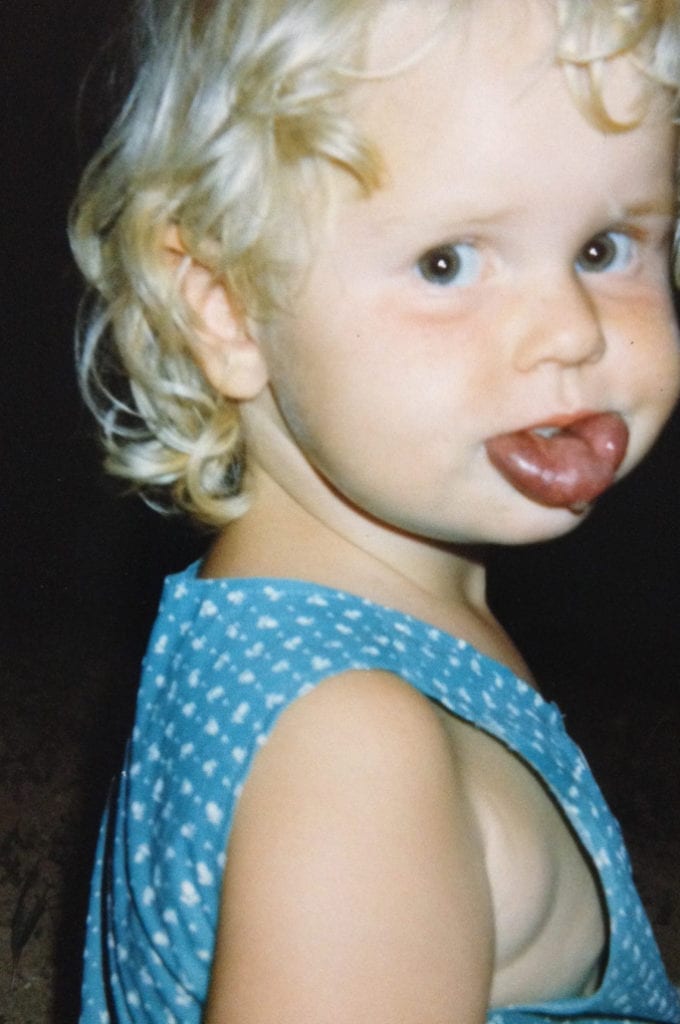
BJP: Describe yourself in fewer than 50 words.
Halser: A mix between the girl who knows exactly what she’s doing and extreme clumsiness.
BJP: What’s the genesis of this project?
Halser: Without searching for the viewers’ sympathy, I created this project to give an insight into this normality in my life.
I grew up in southwest Germany and my hospital is in Berlin. As a kid my mom took me to hospital, but when I turned 16 I usually went there alone. Obviously, having a routine and knowing the procedure and the doctors well makes it easier, but I still have to deal with a lot of mixed emotions.
It’s strange because I am extremely proud and blessed to have such amazing doctors whom I can trust, and when I’m there I feel a lot of love, but at the same time it’s this isolated place, where I have to deal with my biggest fears.
Living with a disease is not the easiest thing, but it was never a reason for me not to do something, not put myself out there. Some people just know my happy and adventurous side, but I felt I could actually open up about the things I have to deal with in life – it’s nothing to be ashamed of.
BJP: Can you describe the development, conceptually, of your latest series?
Halser: I did not really know what I was throwing myself into. The first shot I took was of the operation of a little girl named Lilly. The hospital management put me in contact with her and her mother because we have the same condition; it was her first operation at that time, being five years old. And with bright blond hair as well, it felt like I was seeing myself as a child.
While I was there, I shot another operation and took portraits of my doctors. Afterwards I took photographs of everything that has ever scared me, as well as visions I’m familiar with. For instance the air-conditioning vents I always try to count but never manage to.
While editing and retouching these photographs I had to have another operation. I bought a Kodak “funsaver” single-use camera that I used after taking the first pill. The team in the operating room did a pretty good job with shooting while I was on the operating table.
After recovering from the operation and seeing the results, I wanted to shoot a new project because I just didn’t want to look at hospitals any more. But my tutor, Mark McEvoy, pushed me through in the end and believed in the power of that project.
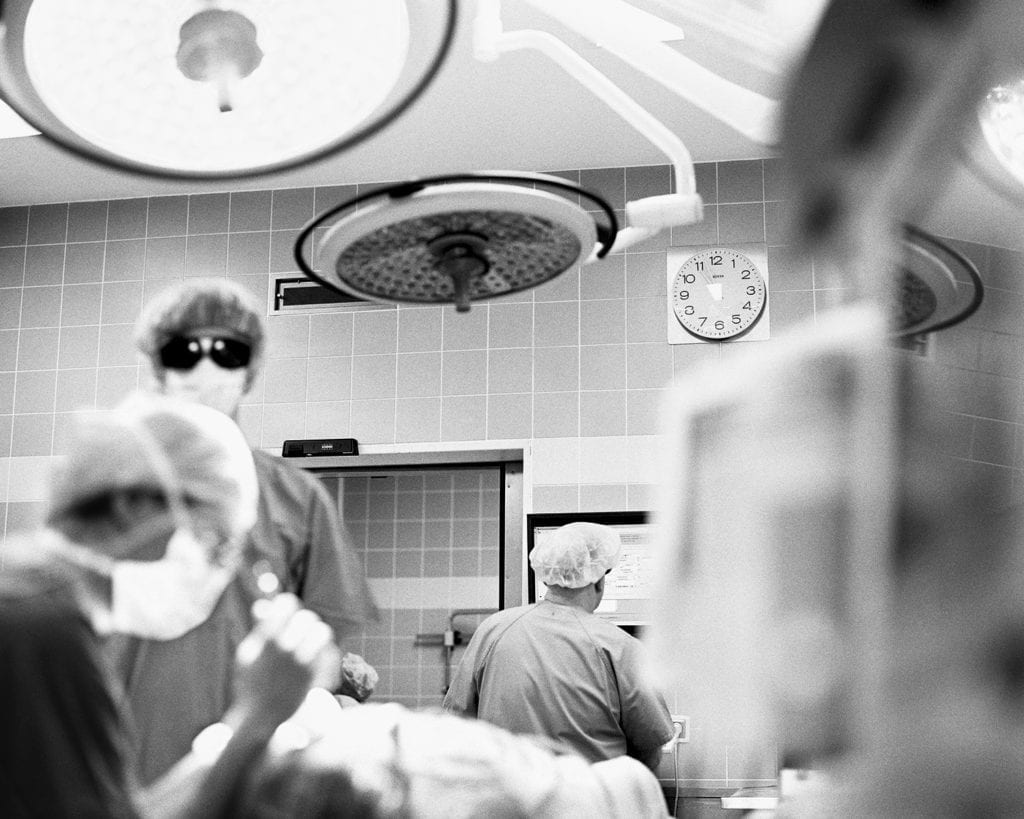
BJP: Would you mind talking more about the reasons why you’ve spent so much time in hospital?
Halser: My condition is called Vascular Malformation, which basically means I have too many blood vessels in my lips, chin, tongue and the inside of my cheeks. Dr. Hans-Peter Berlien and Dr. Carsten Philip developed the laser treatment in 1989; they basically shrink the vessels with heat, so there is less blood floating through and thereby it gets smaller and smaller.
I had my first operation when I was a year old; I even took my first steps in hospital. I had to go back every eight weeks for many years. Now I have two operations a year – generally in the spring and autumn.
Since I started studying, I calculate them on my own. Whenever I feel it is necessary to have an operation, I just go there. It’s like planning your holidays, in a way.
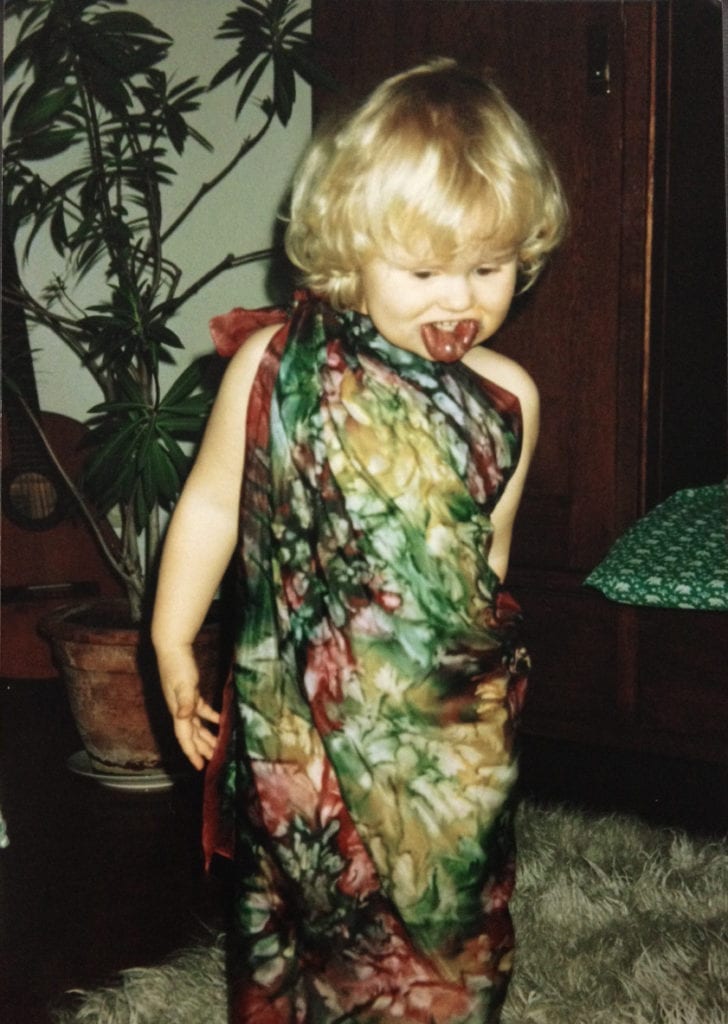
BJP: The series is split between very geometric images taken from your own perspective in the hospital, personal shots of your own body, and then more documentary-based shots of other people going through operations. Can you talk me through this mix of different genres?
Halser: I always wanted to know what’s happening when I have an operation. Experiencing this room from a different perspective is interesting to me. It’s also fascinating to compare your own emotions as a patient with what’s actually happening.
The geometric images weren’t really planned that way. Shooting on film is always a bit of a surprise – this is just how it turned out. After a week spent shooting every day, I had to have an operation myself. As soon as you take the medicine that calms you down before an operation, you’re not allowed to get up any more; you get really sleepy and sometimes see double. So the only solution I had was to get a single-use camera, where you can’t set anything up and just have 37 shots. I could hold it with one hand, it was easy to shoot, and the team in the operating room took over as soon as I passed out.
I wonder what the person who had to develop the negatives from that camera thought after seeing the turnout. You know, people use these to take holiday snaps and I basically had 37 shots of an operation.
BJP: How old were you the first time you became aware of photography?
Halser: I must have been around 14. I used to be a member of a dance crew – we went to competitions all over Germany. Having so many travels on a regular basis and being surrounded by beautiful people makes taking photographs easy. It evolved quiet naturally.
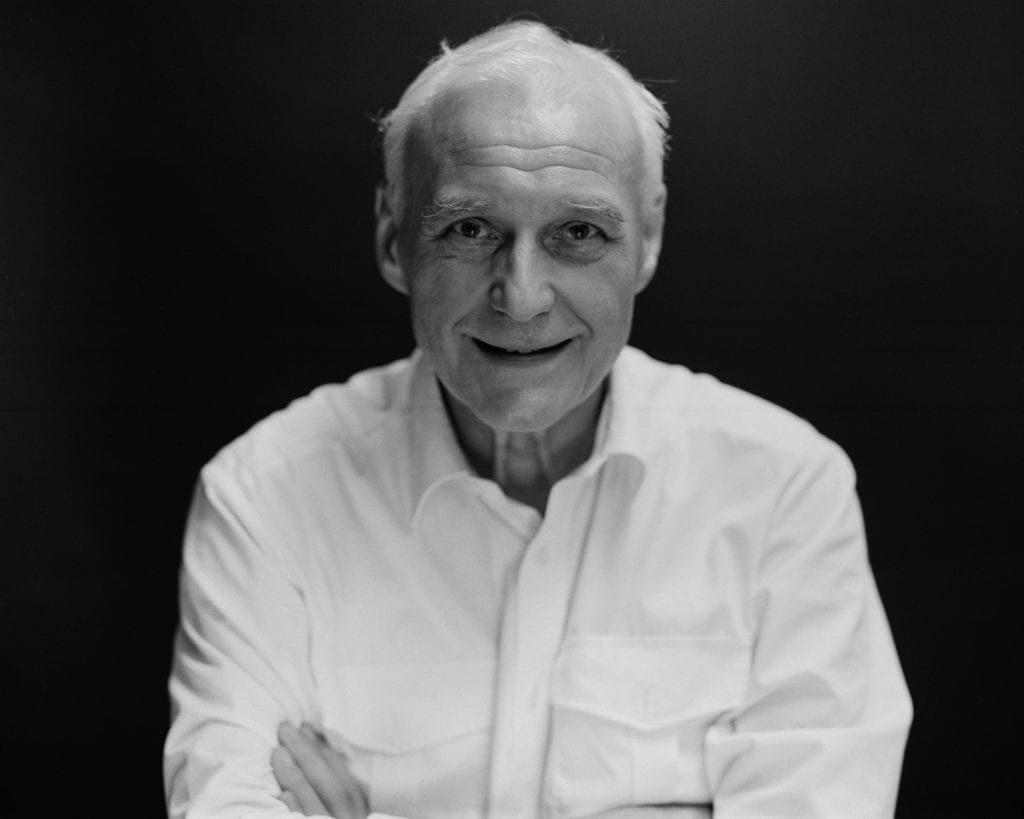
BJP: What is the primary reason you became a photographer?
Halser: I started studying communication design in 2012 because being creative was never a hard task for me. On the very first day of the course I met Philipp Engel, with whom I’ve been living as friends, sharing a room in London for the past 10 months. He is a brilliant graphic and editorial designer, focusing on books at the moment, but during the first semester I just knew I was never going to be a successful designer of any kind as long as he is out there, so I quickly focused on photography, which felt much better right away.
BJP: What motivates you?
Halser: I see myself as a product from all the people who have ever surrounded me. The energy and time my doctors put in me, the love of my family and the support from my friends, as well as my tutors from Middlesex University, is overwhelming. Making them proud and showing that their time, effort and energy was worth it is basically all I go for.
BJP: How did you learn to become a photographer?
Halser: By doing it! What I’ve learned through others is how to use the equipment, and how to develop and retouch. Alexander Missen and William Gillingham-Sutton have been a massive support. I could come up with the weirdest ideas and questions and they’d find a solution.
Under My Skin is my first official photography project – it was my first time using a medium format camera. Basically I just did what I thought was right.
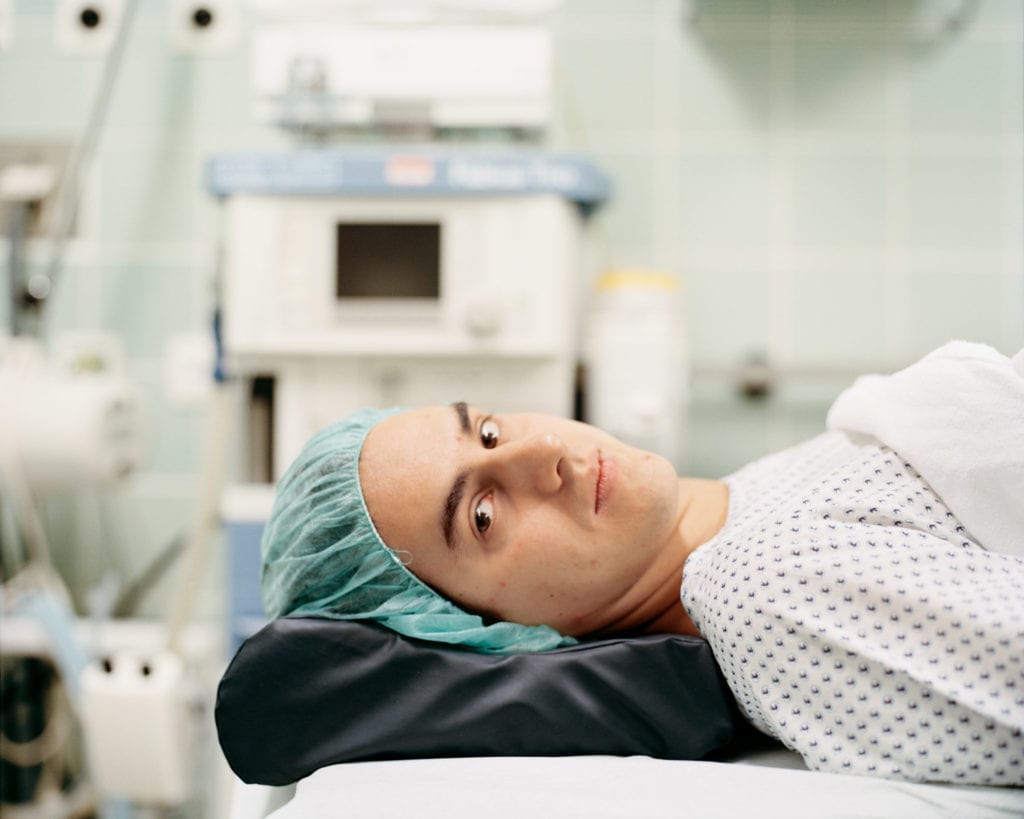
BJP: What are the common themes or concerns that run through your work?
Halser: A long-term goal of mine is using photography as a tool for helping others. I think art has a healing power. I’m interested in how much the human body and mind can take. Working with people who deal with extremes – like astronauts, deep-sea divers, athletes, refugees… The stress that the human body and the mind have to endure fascinates me.
BJP: What are you looking for in a photograph? Are there any particular aesthetic concerns, or are you purely led by your engagement with your subjects?
Halser: Honesty and authenticity.
BJP: What’s the best image you’ve ever taken?
Halser: I love hiking in the Swiss Alps; I once took a photograph of a butterfly and a bee sharing one flower, and in the background you could see the Alps and the sunset. It was such a peaceful moment, but not something I would ever publish. I guess it’s more the feeling I had in that moment rather than the actual photograph which makes me remember it so well.
BJP: Where did you grow up, and where do you live now?
Halser: I grew up in Lörrach, a small town in Germany on the border of Switzerland and France. My mom’s side of the family lives in Munich; obviously I went to Berlin quite often. In 2012 I moved to Cologne to study communication design, where I realised that my interest lies in photography.
I applied for an internship at 2b Management in New York City in 2014 and was accepted. This was pretty much the city where I completely found myself. I left New York for Christmas and spent the next month traveling and living in different places, plus having two operations. In September 2015 I moved to London.
Going to places alone you find yourself and become your own best friend, but missing family and friends is a drawback.
BJP: What’s your message to your younger self – at the moment when you decided to become a photographer?
Halser: Keep going, it’s worth it!
